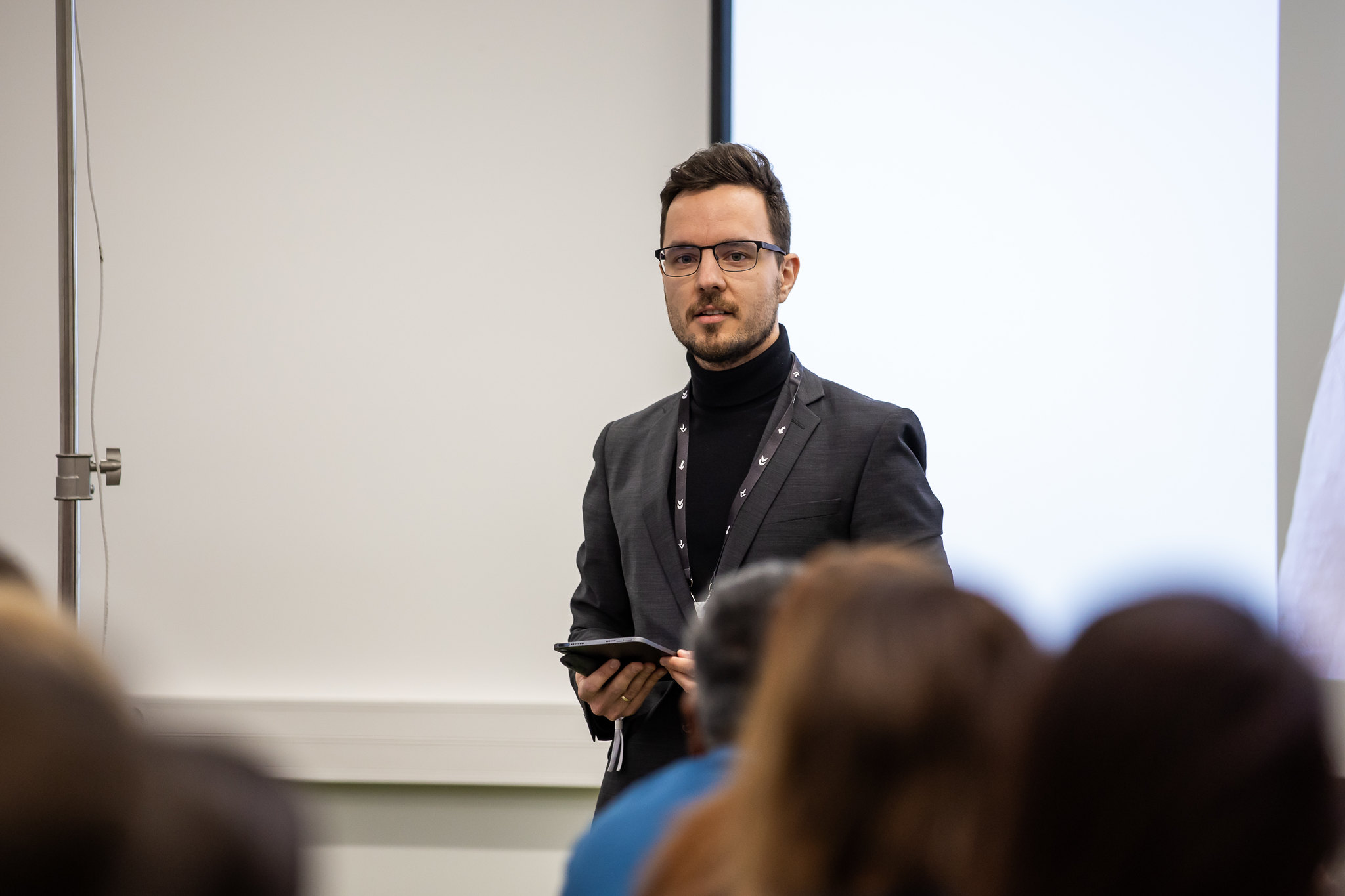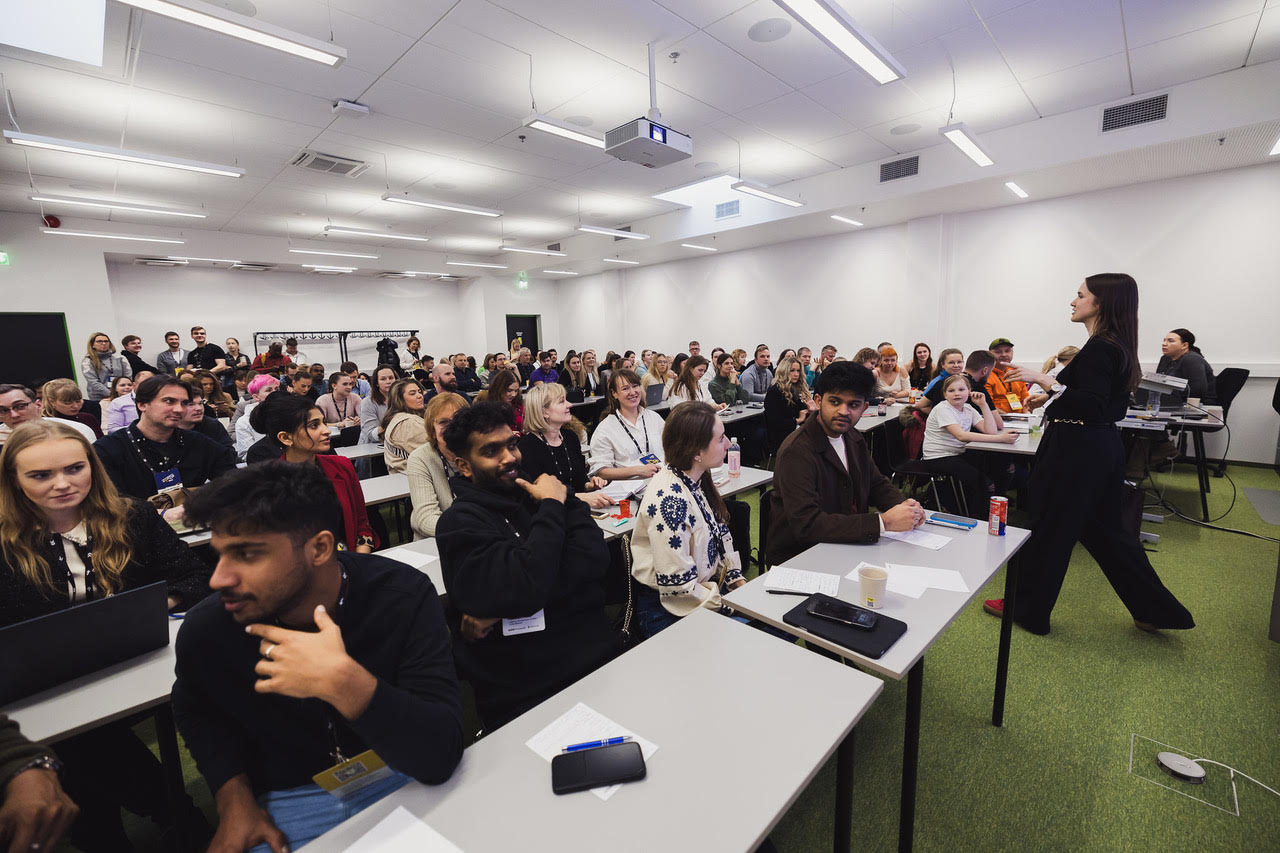
Andrei Herasimchuk – From Adobe to the Future of Creativity
Few designers have a career as illustrious as Andrei’s. With roots stretching back to Adobe in the 1990s and a portfolio that includes Yahoo, Twitter, Booking.com, and helping Figma find its footing, Andrei has shaped the tools and processes creatives use today. In this interview, Andrei reflects on his journey, lessons learned, and where the design industry is headed.
What sparked your passion for design, and how did you end up at Adobe in the early days?
In the early '90s, I was a founding member of Specular, a Mac graphics software company that built 3D tools. I worked on a product that had layers before Photoshop did. Adobe engineers noticed our unique implementation of layers and recruited me when they had an opening. That’s how I landed at Adobe.
What was it like working on tools like Photoshop and Illustrator that became industry standards? Did you know they’d become so iconic?
Working on these tools was a dream job. I was a designer creating tools for other creatives—photographers, illustrators, and designers. It was fun and challenging in the best ways.
The Creative Suite stands out. Designing the strategy to unify an entire product line across Mac and Windows, in five major languages, was an incredibly ambitious project. Very few designers get the chance to work on something of that scale.
After Adobe, you worked at Yahoo, Twitter, and Booking.com. What were the biggest lessons you took from these roles?
The most important lesson I learned is that no amount of discussion will ever replace a well-built prototype or concept car version of the product. My biggest successes came from applying the principle of "Show, don’t tell."
Yahoo Mail was a pivotal learning experience. It taught me how to design for scale and to address user needs across massive, diverse audiences. It was also where I learned the importance of collaboration in navigating large organizational structures.
How do you see design impacting the tech industry in the next 10 years?
Everything is about to change. Design processes will need to become more fluid, and able to handle multiple streams of input and output. Predicting exactly how it will look is impossible, but the role of designers will shift dramatically.
With AI playing a larger role in design, how do you think designers’ roles will evolve?
I believe the role of designers as we know it—UI, UX, product design, usability—will fundamentally change. Within 5 to 10 years, these roles may no longer exist in their current form. AI tools are becoming so advanced that the cost of design within companies could effectively drop to zero.
Here’s how I see it playing out:
The future is a "Napster moment" for designers, where disruption brings new opportunities but also forces significant adaptation.
What advice would you give to young designers starting in today’s fast-paced tech landscape?
Learn an aspect of design at a deep technical level—whether it’s coding, animation, or graphics engines. Many designers overlook this, but it’s essential for solving problems at a deeper level and standing out in a crowded field.
What’s one piece of advice you wish you could give to your younger self?
Be patient with how long things take. And if I could, I’d tell my younger self to invest in Apple stock when Steve Jobs returned!
If you weren’t a designer, what would you be doing?
I’d probably be in movie production or playing bass in a band. Maybe both.
_____________________________________________
sTARTUp Day is turning 10 next year, and now is the perfect time to grab your super early-bird ticket at the best price! Join us in Tartu on January 28–30, 2026, for an unforgettable anniversary edition filled with inspiring speakers, game-changing networking, and next-level opportunities. Get your ticket today and be part of the celebration!
In the early '90s, I was a founding member of Specular, a Mac graphics software company that built 3D tools. I worked on a product that had layers before Photoshop did. Adobe engineers noticed our unique implementation of layers and recruited me when they had an opening. That’s how I landed at Adobe.
What was it like working on tools like Photoshop and Illustrator that became industry standards? Did you know they’d become so iconic?
Working on these tools was a dream job. I was a designer creating tools for other creatives—photographers, illustrators, and designers. It was fun and challenging in the best ways.
The Creative Suite stands out. Designing the strategy to unify an entire product line across Mac and Windows, in five major languages, was an incredibly ambitious project. Very few designers get the chance to work on something of that scale.
After Adobe, you worked at Yahoo, Twitter, and Booking.com. What were the biggest lessons you took from these roles?
The most important lesson I learned is that no amount of discussion will ever replace a well-built prototype or concept car version of the product. My biggest successes came from applying the principle of "Show, don’t tell."
Yahoo Mail was a pivotal learning experience. It taught me how to design for scale and to address user needs across massive, diverse audiences. It was also where I learned the importance of collaboration in navigating large organizational structures.
How do you see design impacting the tech industry in the next 10 years?
Everything is about to change. Design processes will need to become more fluid, and able to handle multiple streams of input and output. Predicting exactly how it will look is impossible, but the role of designers will shift dramatically.
With AI playing a larger role in design, how do you think designers’ roles will evolve?
I believe the role of designers as we know it—UI, UX, product design, usability—will fundamentally change. Within 5 to 10 years, these roles may no longer exist in their current form. AI tools are becoming so advanced that the cost of design within companies could effectively drop to zero.
Here’s how I see it playing out:
- Business-oriented designers will shift to roles like product management, marketing, or creative direction. AI tools will allow these professionals to execute with greater efficiency.
- Research-oriented designers will focus on user experience, accessibility, and inclusivity. As AI automates many usability tasks, these roles will delve into deeper cultural and societal questions.
- Craft-oriented designers will go deep into the technical side, shaping the next generation of AI tools and creating products that don’t yet exist. This will be a niche but impactful group.
The future is a "Napster moment" for designers, where disruption brings new opportunities but also forces significant adaptation.
What advice would you give to young designers starting in today’s fast-paced tech landscape?
Learn an aspect of design at a deep technical level—whether it’s coding, animation, or graphics engines. Many designers overlook this, but it’s essential for solving problems at a deeper level and standing out in a crowded field.
What’s one piece of advice you wish you could give to your younger self?
Be patient with how long things take. And if I could, I’d tell my younger self to invest in Apple stock when Steve Jobs returned!
If you weren’t a designer, what would you be doing?
I’d probably be in movie production or playing bass in a band. Maybe both.
_____________________________________________
sTARTUp Day is turning 10 next year, and now is the perfect time to grab your super early-bird ticket at the best price! Join us in Tartu on January 28–30, 2026, for an unforgettable anniversary edition filled with inspiring speakers, game-changing networking, and next-level opportunities. Get your ticket today and be part of the celebration!
Articles you might also like:

Clarity & Control: Building Your Personal Time Management System
31.03.2025
On January 30th at sTARTUp Day, Jakob Gill, a trainer at Produktiivsusklubi, delivered a seminar on personal time management and how to...

What Kind of Stories Make Money? Insights from Miltton’s Brand Experts
26.03.2025
How to find the story behind your product? That was the core question at the seminar “What Kind of Stories Make Money?”...

